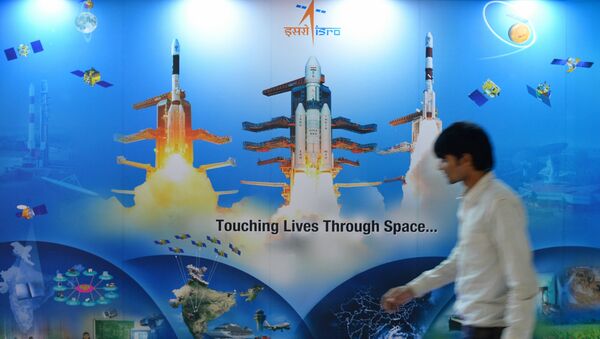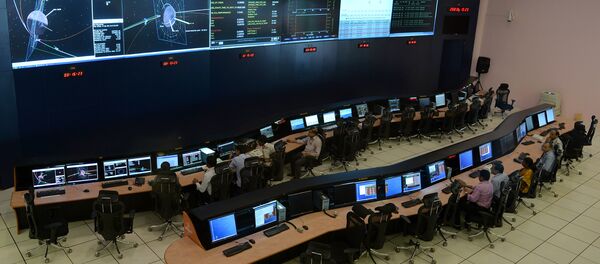Nasa developed interest in ISRO after the Indian space agency launched the country's first indigenous radar imaging satellite (Risat-1). The satellite was designed to take images of the earth's surface during day and night under all weather conditions.
After two years of negotiations, the US and India signed a formal agreement for NISAR during Prime Minister Narendra Modi's visit to the US in 2014 when he met the US President Barack Obama. At present, ISRO's Ahmedabad-based Space Application Centre (SAC) is conducting flight tests of the "mini version" of the radar satellite over the city skies.
The collaboration is ironic especially after the US under President George Bush in 1992 imposed sanctions on ISRO and even prevented Russia from sharing cryogenic engine technology with India fearing that the country could use it to build long-range missiles.
"Those were different times. US feared India could use Russia's cryogenic engine technology for developing long-range missiles. But things have changed now with the US and India collaborating in multiple spheres. The biggest example of this cooperation is the civil nuclear cooperation deal between the two countries which ended India's apartheid in the nuclear industry. ISRO's technological prowess and achievement is a major catalyst for everyone to collaborate with India," Dr Rajeswari Pillai Rajagopalan, Senior Fellow and Head of the Nuclear and Space Policy Initiative, at the New Delhi-based Observer Research Foundation (ORF), told Sputnik.



